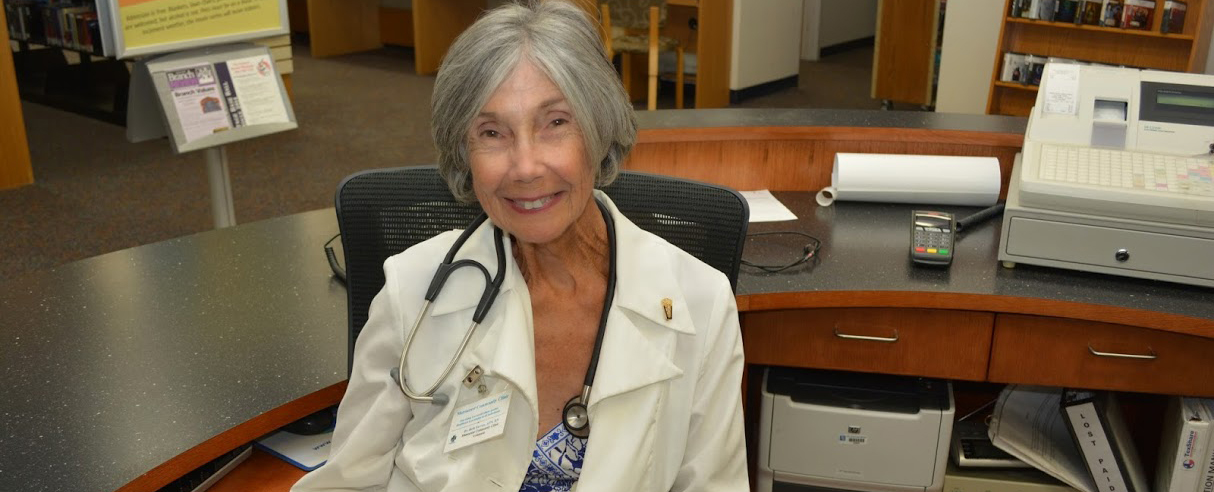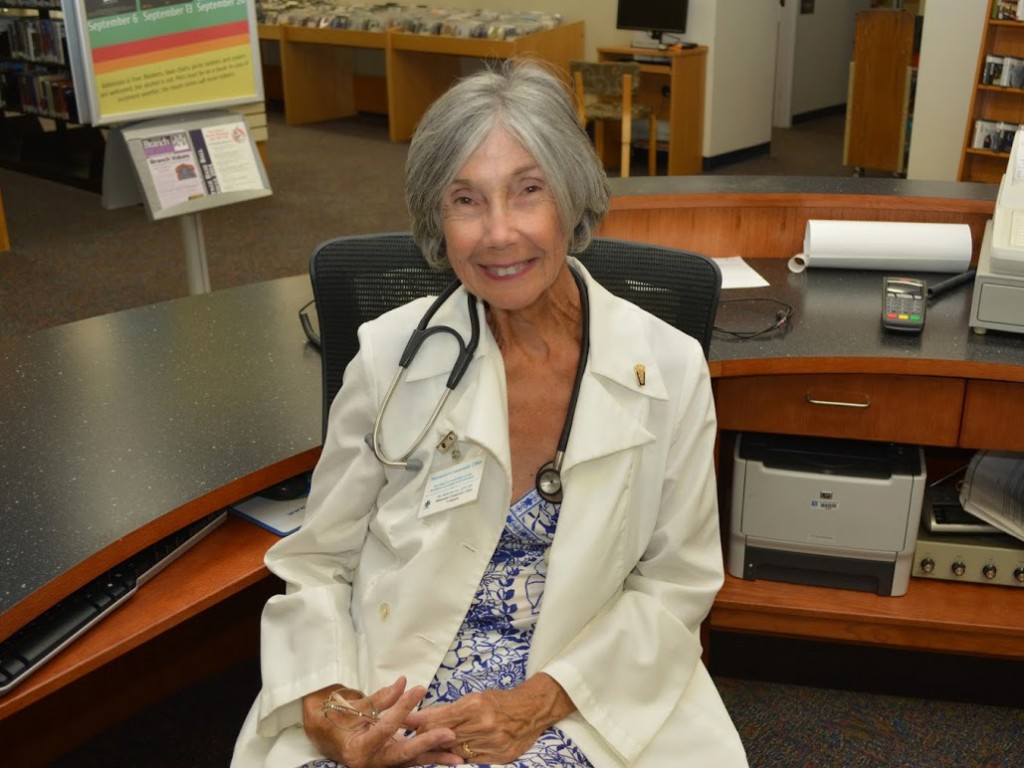
Eating plenty of fruits and vegetables is a cornerstone of good health. It helps control blood pressure and cholesterol, keeps arteries flexible, protects bones, and is good for the eyes, brain, digestive system, and just about every other part of the body. But many of us have trouble putting that knowledge into practice and getting five or more servings a day.
One big barrier to tapping into the power of produce is the perception that fruits and vegetables are expensive. That’s not necessarily so. You can buy three servings of fruits and four servings of vegetables for well under $2 a day, according to a survey by the U.S. Department of Agriculture.
Preparation time, unfamiliarity, and old habits are other barriers to eating more fruits and vegetables. But the effort is well worth it, as you get plenty of heart-healthy antioxidants, fiber, and a host of vitamins, minerals, and other phytonutrients from fruits and vegetables.
Here are some suggestions for tipping aside these barriers:
- Know your needs. For the mythical 2,000-calorie-a-day diet, the latest guidelines recommend a minimum of 2 cups of fruit and 2½ cups of vegetables a day. More is better.
- Set a goal. If fruits and vegetables are minor items on your menu, start by eating one extra fruit or vegetable a day. When you’re used to that, add another and keep going.
- Be sneaky. Adding finely grated carrots or zucchini to pasta sauce, meat loaf, chili, or a stew, is one way to get an extra serving of vegetables.
- Try something new. It’s easy to get tired of apples, bananas, and grapes. Try a kiwi, mango, fresh pineapple, or another of the more exotic choices available at your grocery store.
- Blend it. A fruit smoothie is a delicious way to start the day or tide you over until dinner.
- Be a big dipper. If the natural flavor of carrots, celery, broccoli, or other veggies isn’t enough, try dipping them into hummus or another bean spread, some spiced yogurt, or even a bit of ranch dressing. Or slather peanut butter on a banana or slices of apple.
- Spread it on. Try mashed avocado as a dip with diced tomatoes and onions, or as a sandwich spread, topped with spinach leaves, tomatoes, and a slice of cheese.
- Start off right. Ditch your morning donut for an omelet with onions, peppers, and mushrooms. Or boost your morning cereal or oatmeal with a handful of strawberries, blueberries, or dried fruit.
- Drink up. Having a 6-ounce glass of low-sodium vegetable juice instead of a soda gives you a full serving of vegetables and spares you 10 teaspoons or more of sugar.
- Give them the heat treatment. Roasting vegetables is easy and brings out new flavors. Cut up onions, carrots, zucchini, asparagus, turnips and coat with olive oil, add a dash of balsamic vinegar, and roast at 350° until done. Use roasted or grilled veggies as a side dish, put them on sandwiches, or add them to salads.
- Let someone else do the work. If peeling, cutting, and chopping aren’t your thing, food companies and grocers offer an ever-expanding selection of prepared produce.
- Improve on nature. Don’t hesitate to jazz up vegetables with spices, chopped nuts, balsamic vinegar, olive oil, or a specialty oil like walnut or sesame oil.
- Sweeten it. Try dipping your fruit in chocolate or honey. For example, I just mashed a pear, added honey and cinnamon – yummy!
 Dr. Josefina Monasterio is a certified life coach, fitness expert, and nutritional counselor based in Vero Beach, Florida. She holds a PhD in Adult Personal Development from Nova University and a Master’s Degree in Education from Boston University. Dr. Josefina is also a certified Yoga Therapist from the World Yoga Society of Calcutta, India, and host of Healthy Power TV’s “The Dr. Josefina Way.”
Dr. Josefina Monasterio is a certified life coach, fitness expert, and nutritional counselor based in Vero Beach, Florida. She holds a PhD in Adult Personal Development from Nova University and a Master’s Degree in Education from Boston University. Dr. Josefina is also a certified Yoga Therapist from the World Yoga Society of Calcutta, India, and host of Healthy Power TV’s “The Dr. Josefina Way.”


